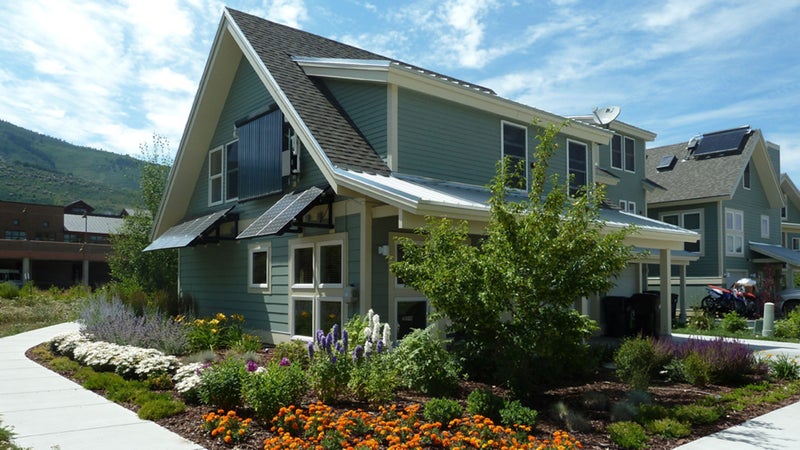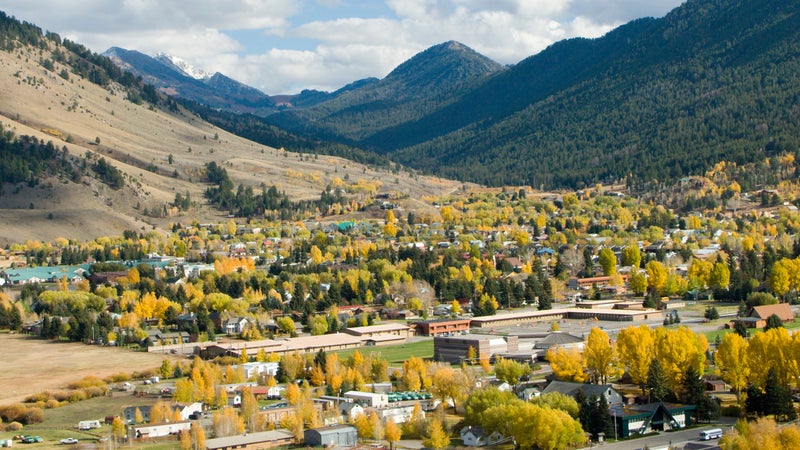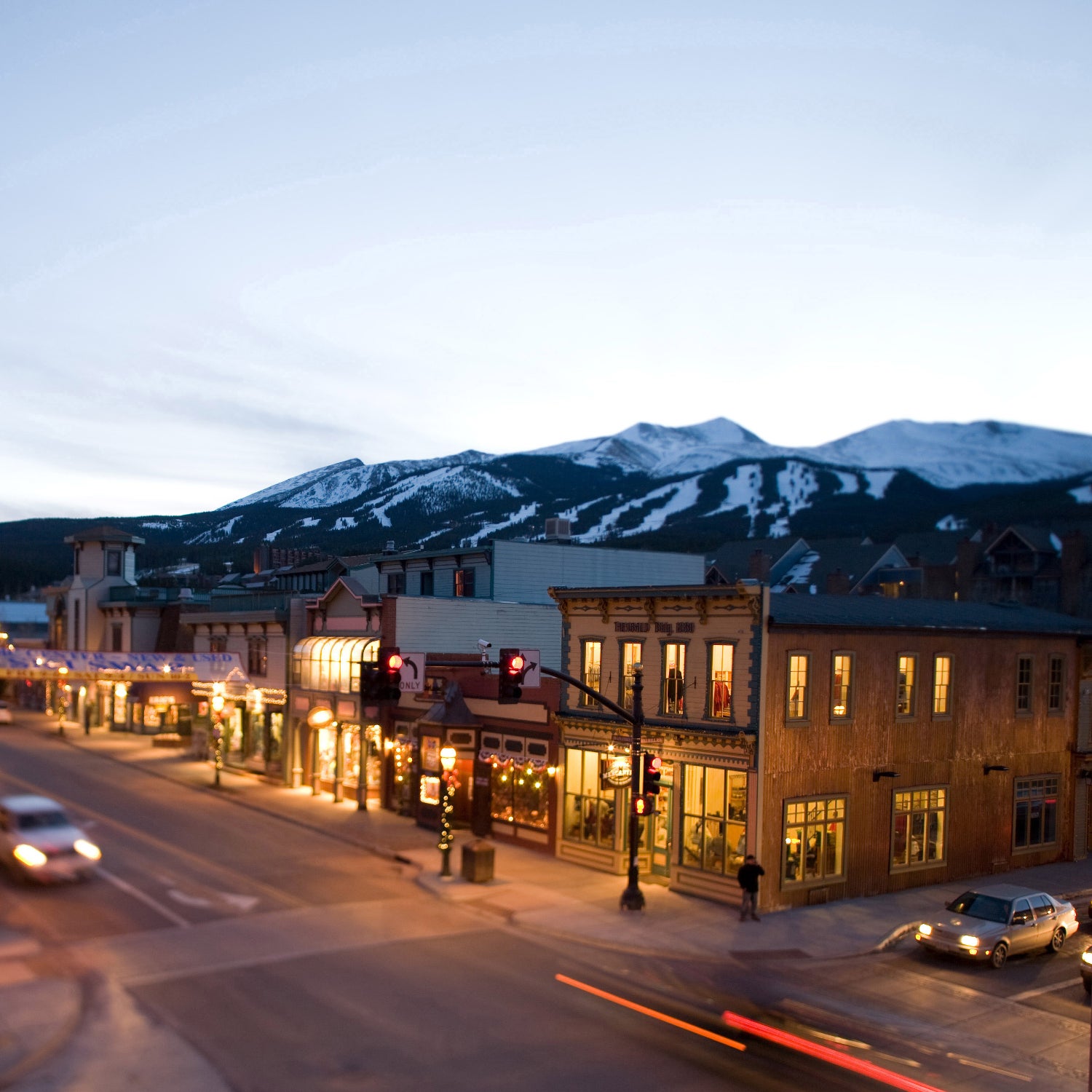Jeff Tarczon moved to Breckenridge, Colorado, in 1996 to be a ski bum, and for much of the next decade he lived in a cabin at 10,600 feet with no electricity or running water. When he got married and decided to start a family, however, he and his wife realized that they were priced out of the market. “We wanted to buy a house that could fit a growing family,” Tarczon, 39, says.
And so, in July 2013, Tarczon, his wife, and their newborn daughter moved to Fort Collins, where they bought a four-bedroom, 2,400-square-foot home with a two-car garage for $223,000. The same home in or near Breckenridge, Tarczon points out, “would’ve cost at least double that.”
Tarczon’s experience is hardly a new one in small towns with big-time access to wilderness. Over the past three decades, affordable—a.k.a. subsidized or, lately, “workforce”—housing has become as polarizing as it is integral to a town’s vitality. The fact that Tarczon couldn’t afford a home in Breckenridge, which since 2000 has done more than almost any other mountain town to keep its locals living locally, underscores the scope of the problem. There are now 839 deed-restricted—or price-controlled—condos and rentals, up from 209 fifteen years ago. But it’s still not enough. “Our goal is to house 50 percent of our workforce, and we’re close to that,” says , Breck’s long-range planner. “But where do the other 50 percent live?”

Similar struggles are occurring across the country, in places where residents worry that their funky slice of freedom and crisp air is destined for a sad, inexorable slide into vacation-community status, with “locals” parachuting in for two weeks a year like they do in . In Bar Harbor, Maine, housing values have risen 62 percent since 2009. In Teton County, Wyoming, where the median cost of a single-family home is $660,000, the desperate need for workforce housing spurred the Jackson town council this spring to approve the first-ever four-story building downtown. “Twelve percent of our workforce were living out of their cars last summer because we didn’t have a place for them,” says , executive director of the .
Part of a town staying true to its local vibe lies in the ability to generate money for workforce housing. Some towns use a sales tax (as in Telluride, Colorado) or a real estate transfer tax (Aspen, Colorado) to funnel money toward subsidized or city-developed housing.

Another approach is inclusionary zoning, which requires that a minimum number of deed-restricted units be included in new housing projects. Such projects often don’t sit well with developers, because they eat into profits, and Arizona, Oregon, and Idaho have banned inclusionary zoning in order to attract investment. That irks city planners. “It was a real hit to our state, to be honest,” says McCall, Idaho, community-development director . “We lost a major tool.”
Even those who hope to avoid the high cost of purchasing a home by renting have it rough. In Bend, Oregon, where the population has nearly tripled since 1997, the local housing authority estimates that half of all tenants spend more than 50 percent of their income on rent. Towns are working to fix that, too. Stowe, Vermont, recently converted three hotels to rental units, and Crested Butte, Colorado, helped fund a three-story apartment building with rent-controlled units at the entrance to downtown.

These efforts can contribute to the health of a town, since locals are supporting businesses year-round. A study in Breckenridge found that affordable-housing strategies could increase local spending by $15 million annually. Last fall, Tarczon and his wife bought a camper so they can ski in the backcountry, run on the trails, and fish near Breckenridge on weekends. “We’re trying to figure out how we can move back up there,” he says.


